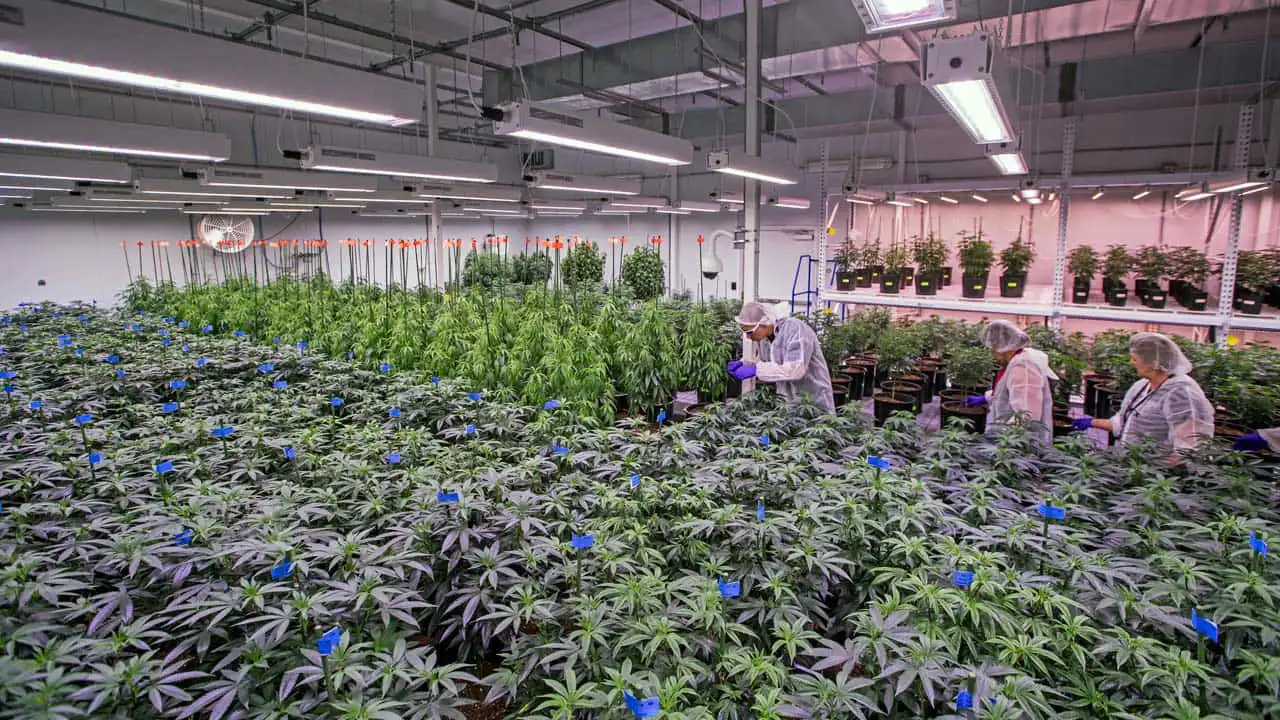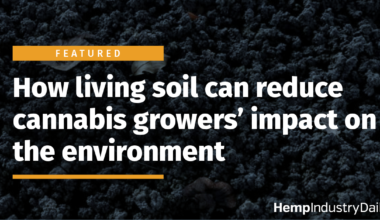The cannabis cultivation industry has transformed dramatically over the past decade.
What once relied on intuition and traditional farming methods now demands precision, efficiency and compliance with strict regulations.
Today’s successful cannabis cultivators are embracing cutting-edge technologies to maximize yields, reduce costs and maintain the highest standards.
As legalization expands across the United States, competition intensifies. Cultivators who fail to adopt modern technologies risk falling behind competitors who leverage data-driven insights and automated systems.
These seven essential technologies are reshaping how professional cannabis operations grow, process and distribute their products.
1. Climate Control systems
Sophisticated environmental control systems are the backbone of any serious cannabis operation. Modern climate control technology goes beyond basic heating and ooling to create perfectly tuned growing environments.
The systems monitor and adjust temperature, humidity, CO2 levels and air circulation in real-time. Advanced controllers can create different climate zones within a single facility, allowing cultivators to optimize conditions for specific strains or growth phases.
The benefits are substantial. Precise climate control can increase yields by 20% to 30% while reducing energy costs through intelligent automation.
Some systems learn from historical data to predict optimal settings, preventing costly environmental fluctuations that stress plants and reduce potency.
2. Advanced nutrient delivery systems
Gone are the days of manual feeding schedules and guesswork. Modern nutrient delivery systems user precision dosing technology to provide exactly the right nutrients at the right time.
The automated systems monitor pH levels, electrical conductivity and nutrient concentrations continuously. They can adjust feed schedules based on plant growth stages, strain requirements and environmental conditions. Some systems also analyze plant tissue samples to determine precise nutritional needs.
Professional cultivators report dramatic improvements in plant health and consistency. Automated nutrient delivery reduces labor costs by up to 40% while eliminating human error that can damage entire crops. The precision also reduces nutrient waste, cutting input costs significantly.
3. AI-powered yield prediction tools
Artificial intelligence is revolutionizing how cultivators plan and optimize their operations. AI-powered yield prediction tools analyze vast amounts of data to forecast harvest quantities with remarkable accuracy.
Th systems process information from sensors, cameras, environmental controls and historical records to predict yields weeks or months in advance. They can identify which plants will produce premium flower versus those better suited for extraction, allowing cultivators to optimize their processing strategies.
The financial impact is enormous. Accurate yield predictions enable better cash-flow management, more precise inventory planning and improved resource allocation. Some cultivators have increased profitability by 15% to 20% by optimizing their operations based on AI insights.
4. Automated trimming machines
Labor is one of the biggest expenses in cannabis cultivation, particularly during harvest season. Automated trimming machines address this challenge while maintaining quality standards that meet consumer expectations.
Modern trimming machines use advanced blade systems and computer vision to process flower with precision that rivals hand-trimming. The latest models can handle different strain characteristics and adjust cutting patterns automatically.
Beyond cost savings, automated trimming offers consistency that human workers can’t match. Machines eliminate variability in trim quality and can operate continuously during peak harvest periods. Many facilities reduce trimming labor costs by 60% to 80% while processing significantly more product.
5. Automated packaging machines
Compliance requirements and consumer expectations demand consistent, professional packaging. Automated packaging systems ensure every product meets weight specifications while maintaining proper handling standards.
The machines can fill containers, apply labels and seal packages with minimal human intervention. Advanced systems integrate with inventory management software to track ever package from production through distribution.
Modern packaging machines achieve weight tolerances within 0.1 grams, ensuring compliance with regulations while minimizing product giveaway. They also reduce contamination risks and improve product consistency.
6. Pest and disease detection systems
Early detection of pests and diseases can mean the difference between a minor treatment and a total crop loss. Modern detection systems use computer vision and sensor technology to identify problems before they become visible to the human eye.
Smart cameras monitor plants for signs of stress, discoloration or pests. Some systems use spectral analysis to detect diseases at the cellular level days before symptoms appear. When problems are detected, the systems can trigger targeted treatments or alert cultivation teams immediately.
Early detection can prevent crop losses that would cost hundreds of thousands of dollars.
7. Blockchain for supply chain transparency
Regulatory compliance and consumer trust require complete product traceability. Blockchain technology creates immutable records that track cannabis products from seed to sale.
The systems record every transaction, movement and transformation in the supply chain. Regulators can access complete product histories instantly, while consumers can verify the authenticity and quality of their purchases through QR codes or mobile apps.
Beyond compliance benefits, blockchain technology reduces administrative burdens and improves inventory accuracy. It also enables branding opportunities by proving product authenticity and cultivation methods to discerning consumers.
Subscribe to the MJBiz Factbook
Exclusive industry data and analysis to help you make informed business decisions and avoid costly missteps. All the facts, none of the hype.
What you will get:
- Monthly and quarterly updates, with new data & insights
- Financial forecasts + capital investment trends
- State-by-state guide to regulations, taxes & market opportunities
- Annual survey of cannabis businesses
- Consumer insights
- And more!
The technology advantage
Cannabis cultivation is evolving from an art to a science. Successful operators recognize that technology adoption is not optional – it’s essential for competing in today’s market.
The initial investment in modern cultivation technology typically pays for itself within two growing cycles through improved yields, reduced labor costs and better compliance outcomes. The systems position cultivators for long-term success in a competitive and regulated industry.
(Note: AI assisted in summarizing the key points for this story.)
Medical Disclaimer:
The information provided in these blog posts is intended for general informational and educational purposes only. It is not a substitute for professional medical advice, diagnosis, or treatment. Always seek the advice of your physician or other qualified healthcare provider with any questions you may have regarding a medical condition. The use of any information provided in these blog posts is solely at your own risk. The authors and the website do not recommend or endorse any specific products, treatments, or procedures mentioned. Reliance on any information in these blog posts is solely at your own discretion.






